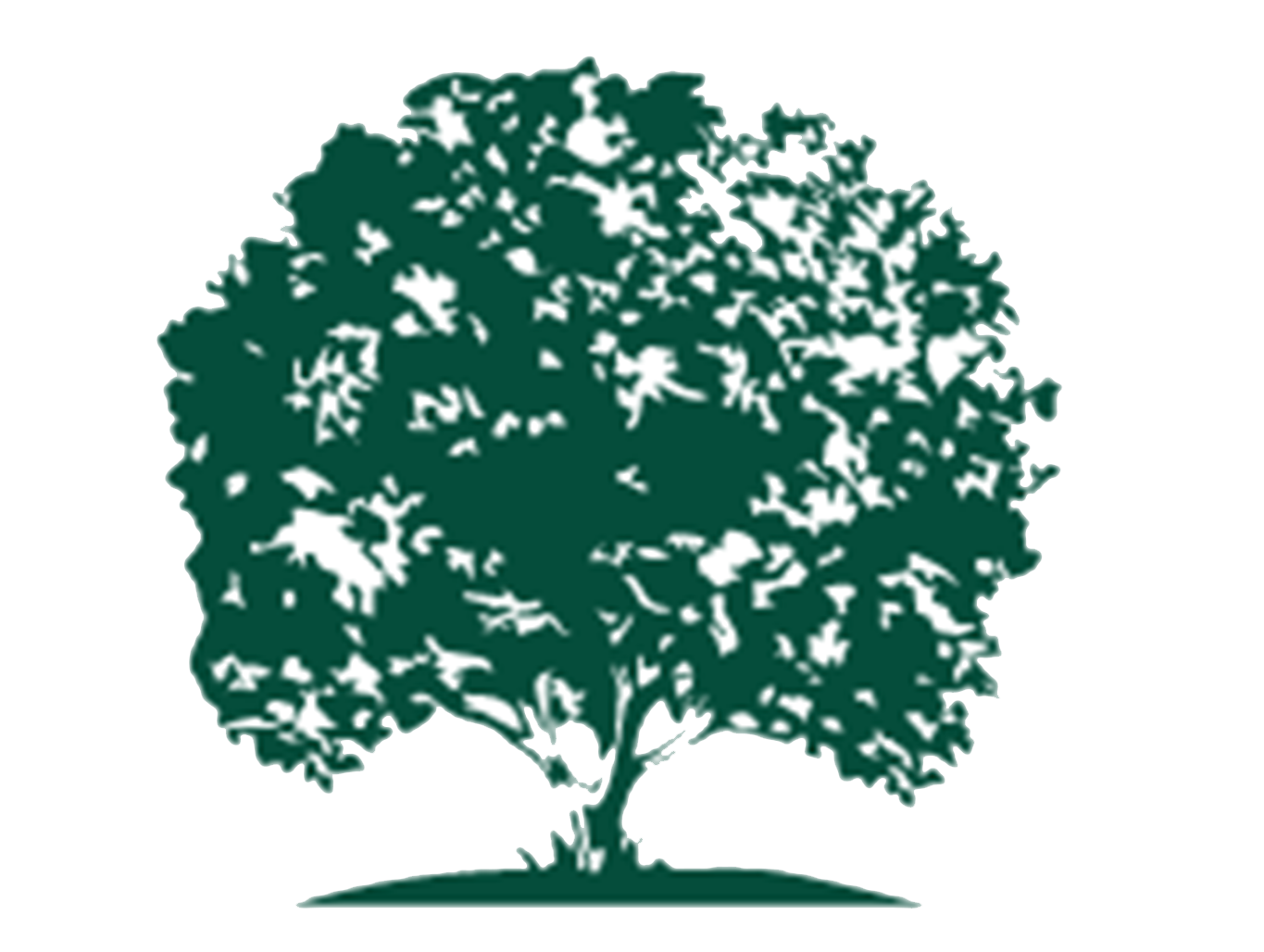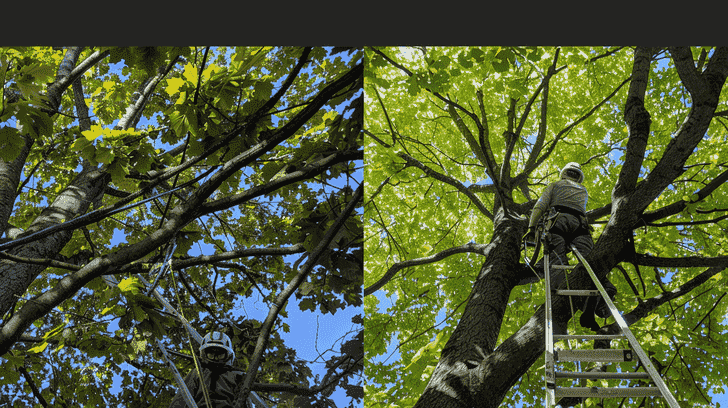Mastering Fig Tree Trimming: Techniques for Healthier Trees
Did you know that mastering fig tree trimming goes beyond just cutting branches? Proper pruning techniques can have a profound impact on the health and productivity of your fig trees.
From understanding the best time to prune to implementing advanced training methods, there are various strategies you can employ to guarantee your trees thrive.
Stay tuned to discover the key techniques that will help you harness the full potential of your fig trees and achieve healthier, more robust growth.
Best Time to Prune Fig Trees
To guarantee the health and productivity of your fig trees, it’s essential to prune them annually during the dormant winter months. The best time to prune fig trees is in late winter or early spring, before new growth begins. Pruning during this period helps promote new growth and fruit production.
Avoid pruning in late summer, as it can lead to stress on the tree. During the dormant season, make sure to use sharp pruning shears to make clean cuts. Proper fig tree pruning not only shapes the tree but also helps in maintaining its overall health.
Pruning Techniques for Fig Trees
When pruning your fig trees, it’s crucial to have the right tools and equipment on hand. Follow a step-by-step pruning process to guarantee the health and productivity of your fig tree.
Remember to prioritize safety by following recommended safety tips while pruning.
Tools and Equipment Needed
Utilize the appropriate tools and equipment essential for efficient fig tree pruning techniques to promote healthy growth and maximum fruit production. When preparing to trim a fig tree, make sure you have the necessary tools for the job.
Necessary equipment includes sharp bypass pruners for clean cuts, loppers for thicker branches, and pruning saws for larger limbs. Additionally, have a pair of sturdy gloves to protect your hands and safety goggles to shield your eyes from debris.
It’s also beneficial to have a ladder for reaching higher branches safely. By having the right tools and equipment on hand, you can effectively carry out pruning and training practices for fig tree care, especially during the ideal time of early spring.
Step-by-Step Pruning Process
For efficient fig tree pruning techniques that promote healthy growth and maximum fruit production, it’s crucial to understand the step-by-step process of pruning.
When you prune a fig tree, remember these key steps:
- Prune During the Winter: It’s best to prune fig trees during the dormant season.
- Identify Main Branches: Locate the main branches that support fruit production.
- Cut Back Wisely: Trim away dead or diseased branches and cut back overgrown areas.
- Encourage Fruit Ripening: Prune to allow sunlight and air circulation, aiding fruit ripening.
- Maintain Tree Structure: Ensure a balanced shape by trimming for overall tree health and productivity.
Following these steps will help you master fig tree pruning for healthier trees and a bountiful harvest.
Safety Tips When Pruning
To ensure your safety while pruning fig trees, it’s important to follow specific techniques that minimize risks and promote proper tree care.
When engaging in pruning, always use the right pruning equipment such as sharp, clean shears to make proper pruning cuts. This helps maintain fig tree health and reduces the chances of introducing diseases.
Additionally, wear appropriate protective gear like gloves and safety glasses to shield yourself from any potential harm. Avoiding damage to the tree while pruning is essential for its overall well-being. Remember to always be cautious when working with tools at heights, ensuring stability and secure footing.
Different Pruning Strategies Based on Tree Age
When it comes to fig tree trimming, understanding the different pruning strategies based on tree age is important.
Pruning young fig trees helps establish a strong structure, while maintenance pruning for mature fig trees focuses on promoting fruit production and overall health.
Pruning Young Fig Trees
When considering the pruning of young fig trees, it’s essential to tailor your pruning strategies based on the age of the tree. Young fig trees require specific care to promote healthy growth and ideal fruit production.
Here are some key tips for pruning young fig trees:
- Prune back: Trim back any dead or diseased branches to encourage new growth.
- Train a fig tree: Shape the young fig tree by pruning to establish a strong structure.
- Winter pruning: Conduct pruning during the winter months to promote vigorous spring growth.
- Fruit production: Prune strategically to enhance fruit production in the upcoming seasons.
- Fig bush: Maintain a balance between pruning and allowing the tree to develop into a robust fig bush.
Maintenance Pruning for Mature Fig Trees
For mature fig trees, adopting pruning techniques based on the tree’s age is crucial for maintaining ideal growth and fruit production.
Mature fig trees benefit from strategic pruning to promote healthier branches and increase fruit yield.
Begin by trimming any dead or diseased branches, as these can hinder the tree’s overall health. Next, focus on removing any overcrowded branches to improve air circulation and sunlight exposure throughout the tree.
Additionally, trimming back overly long branches helps maintain the fig tree’s desired shape and size, making it easier to harvest figs.
Advanced Pruning Techniques
As you progress in your fig tree trimming journey, exploring advanced pruning techniques is crucial. Training your fig trees as fans or espaliers can enhance their aesthetics and optimize fruit production.
Additionally, mastering disease management through strategic pruning can help maintain the health and vitality of your fig trees.
Training Fig Trees as Fans or Espaliers
To effectively train fig trees as fans or espaliers, deploy strategic pruning methods to encourage desired growth patterns and optimize fruit production. When shaping your fig tree into a fan or espalier, follow these key steps:
- Selecting the Right Support: Choose a sturdy structure like a trellis or wire system.
- Establishing Main Branches: Identify strong lateral branches to train as the main framework.
- Regular Pruning: Trim excess growth to maintain the desired shape and promote fruiting.
- Tie Down Branches: Secure branches to the support structure to encourage horizontal growth.
- Monitor Growth: Keep an eye on the tree’s development and adjust pruning as needed to maintain the fan or espalier shape.
Managing Disease Through Pruning
When managing disease through pruning on fig trees, employ advanced techniques to safeguard the health and well-being of your plant.
Regularly prune your fig tree to remove any diseased wood, ensuring that the tree stays healthy. If your fig tree shows signs of disease, you will need to cut out the affected areas to prevent the spread.
Pruning helps keep your fig tree at a manageable size, allowing for better air circulation and sunlight exposure, which are essential for disease prevention.
Additionally, be on the lookout for crossing or weak branches that can create entry points for diseases.
By following proper pruning practices, you can effectively manage disease and promote the overall well-being of your fig tree.
| Disease Management Tips |
| Regularly prune your fig tree to remove diseased wood |
| Cut out affected areas promptly to prevent disease spread |
| Watch for crossing or weak branches that can attract diseases |
Aftercare Following Pruning

Implement proper aftercare measures following the pruning of your fig tree to promote healthy growth and recovery. After pruning, your fig tree requires special attention to thrive. Here are some essential aftercare steps:
- Watering: Guarantee your fig tree receives adequate water, especially during dry periods.
- Fertilizing: Apply a balanced fertilizer to support new growth and fruit production.
- Monitoring: Keep an eye out for any signs of stress or disease and address them promptly.
- Mulching: Add a layer of mulch around the base of the tree to retain moisture and suppress weeds.
- Protecting: Shield your fig tree from extreme weather conditions to aid in its recovery and growth.
FAQ – Fig Tree Trimming
When should fig trees be pruned?
Trimming fig trees at the ideal time of year is crucial to their health and productivity.
Fig trees should be pruned during the growing season, specifically in late spring to early summer.
This timing allows the tree to recover quickly and continues to grow vigorously.
Here are some key points to keep in mind:
- Late Spring to Early Summer: Perfect time for pruning
- Promotes Growth: Trimming at this time stimulates the tree to grow
- Base of the Tree: Focus on pruning near the base for best results
- Preferred by Fig Growers: Recommended timing by experienced fig growers
- Avoid Heavy Pruning: Excessive pruning can stress the tree; opt for light pruning instead.
Can I cut the top off my fig tree?
Consider shaping your fig tree by trimming the top, a common query among fig tree owners. When a mature fig tree grows taller than desired, cutting the top off can help manage its height.
To do this, identify the main trunk and make a clean cut just above a set of new branches. This pruning technique promotes the growth of new branches, which can lead to more fruitlets at their tips. Make sure to cut at an angle from the main trunk to promote healing.
Additionally, it’s valuable to cut back the main branches to stimulate fresh growth. If your fig tree has become too tall, trimming the top while encouraging growth from the base can help maintain its size and shape.
How to keep a fig tree small?
To guarantee your fig tree remains small and manageable, strategic pruning techniques can be employed. When dealing with young fig trees, proper pruning is essential to control their growth and encourage fruit production. Here are some tips to help you keep your fig tree small:
- Prune back aggressively: Trim the tree back to keep it at the desired size.
- Focus on fruiting wood: Remove excess branches to promote the growth of fruiting wood.
- Trim secondary branches: Cut back secondary branches to maintain the tree’s shape.
- Consider the angle: Prune branches at a slight angle to encourage new growth.
- Regularly prune: Make pruning a regular part of your fig tree maintenance routine to keep it small and healthy.
Do figs grow on new or old wood?
When managing the size of your fig tree, understanding whether figs grow on new or old wood is crucial for successful fruit production.
Fig trees bear fruit on both old and new wood, but knowing how to prune at the right time can enhance your harvest. In late winter or early spring, before new growth emerges, is the ideal time for major pruning.
By focusing on removing older wood and encouraging new growth, you can promote the development of fruiting branches.
| Pruning Time | Pruning Focus | Result |
| Late Winter | Remove old wood | Encourage new growth |
| Early Spring | Shape tree | Stimulate fruiting |
| Dormant Tree | Remove dead branches | Improve air circulation |
Can you cut branches off a fig tree in summer?
During the summer months, it’s advisable to avoid cutting branches off a fig tree to prevent potential stress on the tree and maximize fruit production.
However, if necessary, follow these guidelines for pruning your fig tree during the summer:
- Timing: Try to prune in early summer before the tree sets fruit.
- Purpose: Only prune damaged, diseased, or dead branches for the tree’s health.
- Angle: Cut branches at a 45-degree angle to help with water runoff and healing.
- Main Branches: Avoid cutting main branches as they’re essential for the tree’s structure.
- Monitoring: Keep an eye on the tree after pruning to make sure it’s coping well with the changes.
How do you prune a fig tree that is too tall?
If your fig tree has grown too tall, proper pruning techniques can help maintain its size and shape while promoting healthy growth.
The best time to prune a tall fig tree is in spring and early summer when the tree is dormant.
Start by conducting the first pruning session by cutting back the tree. Trim the branches at an angle from the main branches, ensuring to remove one or two of the older, taller branches to reduce the height.
Additionally, cut back the main branches to encourage new growth and maintain a manageable height for easier harvesting. Remember to use sharp and clean pruning tools to make precise cuts and prevent damage to the tree.
Conclusion
To wrap up, mastering fig tree trimming is essential for maintaining healthier trees. By following the proper pruning techniques outlined in this article, you can guarantee your fig tree thrives and produces abundant fruit.
Remember, pruning during the dormant winter months and tailoring strategies based on the tree’s age are vital. With these skills, you’ll become a fig tree pruning master, capable of transforming your tree into a flourishing work of art.







